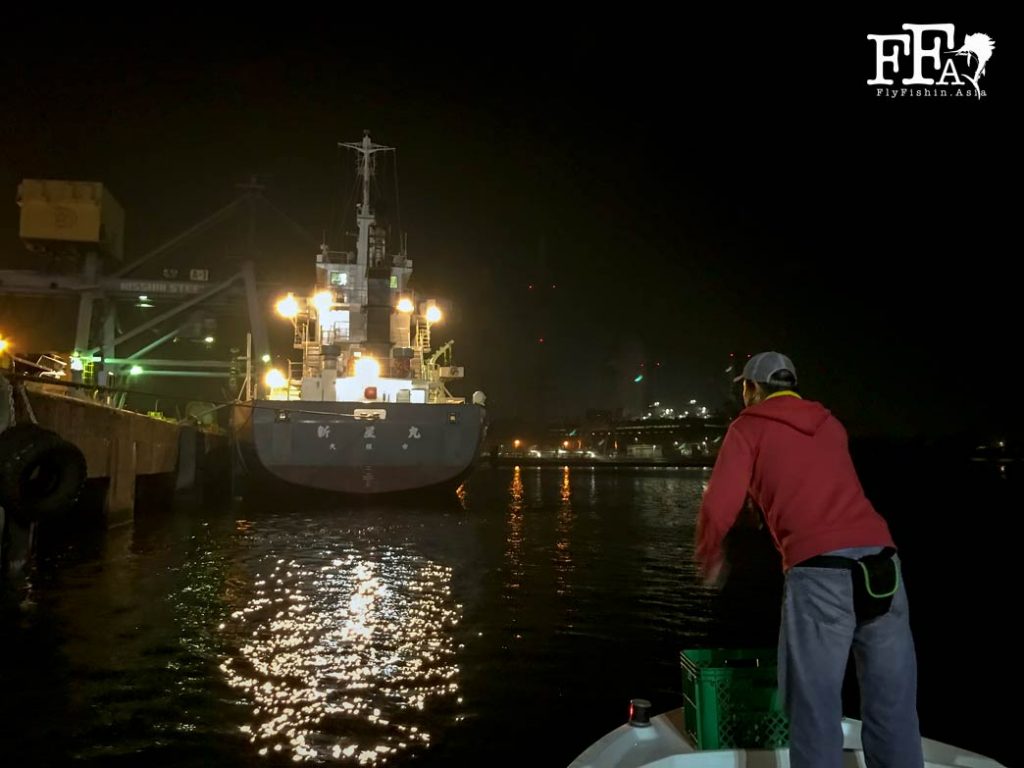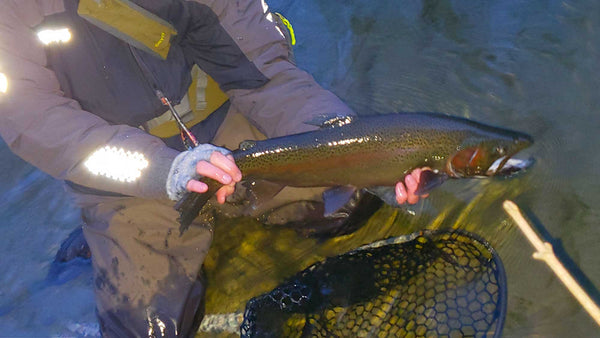

Where was that boulder? That log? Falling in the dark, into a river, foot hooked under an -invisible tree, tethered to a wild animal, is something like the moment a hunter experiences when he realizes the tiger is stalking him. If you can't get it back, you do the unthinkable and start sidestepping downstream.

If the rod bends dangerously, you give line.

You hear it thrashing, but you can't see it. A 7-pound brown feels and sounds like an orca. At some point in this comic danse macabre, I struck something heavy.ĭarkness accentuates the other senses. Another boil, another miss, another cast. I stopped the fly over the water again and allowed it to fall. I heard a noisy rise and struck, sending the miss over my shoulder. I coiled fly line in my hand and sent the fly out there. There was no target, no individual trout to focus on. Not because it matched anything in particular, but because I knew I could see it in the dark. As twilight descended, I plucked a big White Wulff from my fly box and tied it on. Not necessarily because I knew it would be a good spot, but because I had ample room to backcast without hitting a tree. I stopped along a flat above a deep pool where I could see the bottom all the way across. Walking upstream, I saw no apparent activity -no rising insects, and no trout visible. It's best to find good footing, and establish casting angles and safe wading areas before the light fades.Ī great horned owl stood atop a broken white pine, its head rotating eerily to monitor my progress across soggy turf. The muck there is like quicksand in places, taking you down to your hips. Not far away, the river puzzled its way out of a cedar swamp.

I shook the dust from my waders stashed in the trunk. The barely buzzing quiet gave way to the first tentative chorus of frogs. Shadows lengthened across a seldom-used track that stretched away across a wetland and disappeared in cedar and balsam. The metallic buzz of cicadas faded with the heat.


 0 kommentar(er)
0 kommentar(er)
